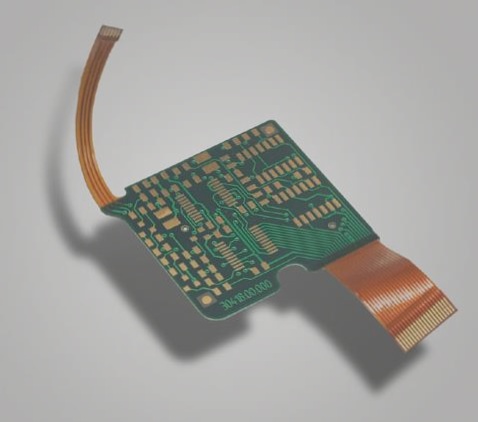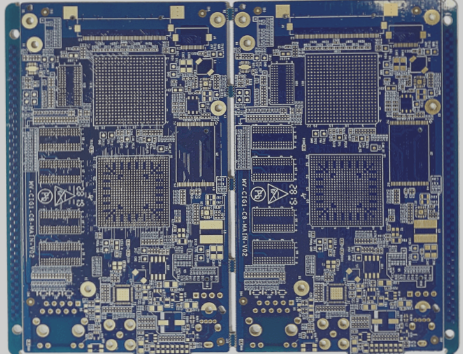Circuit Board Conformal Coating: Protecting Your PCBs
Circuit board conformal coating is a crucial step in safeguarding printed circuit boards (PCBs) and their components from environmental factors and corrosion. This thin polymer film, typically 25-250 µm thick, conforms to the board’s shape, covering solder joints, component leads, and metalized areas to extend the PCBs’ lifespan.
Enhanced Protection for PCBs
In today’s demanding environments, PCBs face challenges that can impact their performance. Conformal coatings shield PCBs from moisture, salt spray, chemicals, and extreme temperatures, preventing corrosion, mold growth, and electrical failures. This protection enables higher voltage gradients and smaller rail spacing, meeting the needs of miniaturization and reliability.
Types of Conformal Coating
- Acrylic Ester: Offers dry surface, fast curing, and good three-proofing.
- Silicone: Provides UV curing and excellent resistance to chemical corrosion.
- Polyurethane: Features superior moisture resistance and stable performance in low temperatures.
- Organic Silicon: Elastic material with high-temperature resistance.
- Fluorescent: Allows easy detection of proper application through fluorescence under purple light.
Reasons to Use Conformal Coating
- Protective Insulation: Guards against humidity, pollutants, and oxidation, extending PCB service life.
- Flame Retardant: Reduces fire risk and enhances safety.
- Antioxidant: Blocks oxygen contact, improving stability and reliability.
- Mechanical Strength: Adds hardness to withstand external impacts.
- Dust Resistance: Prevents dust and impurities, maintaining cleanliness.
Conformal coating is a specialized formula providing superior insulation, moisture resistance, and protection against environmental erosion. It ensures your PCBs operate reliably in various conditions, safeguarding your electronic investments.



